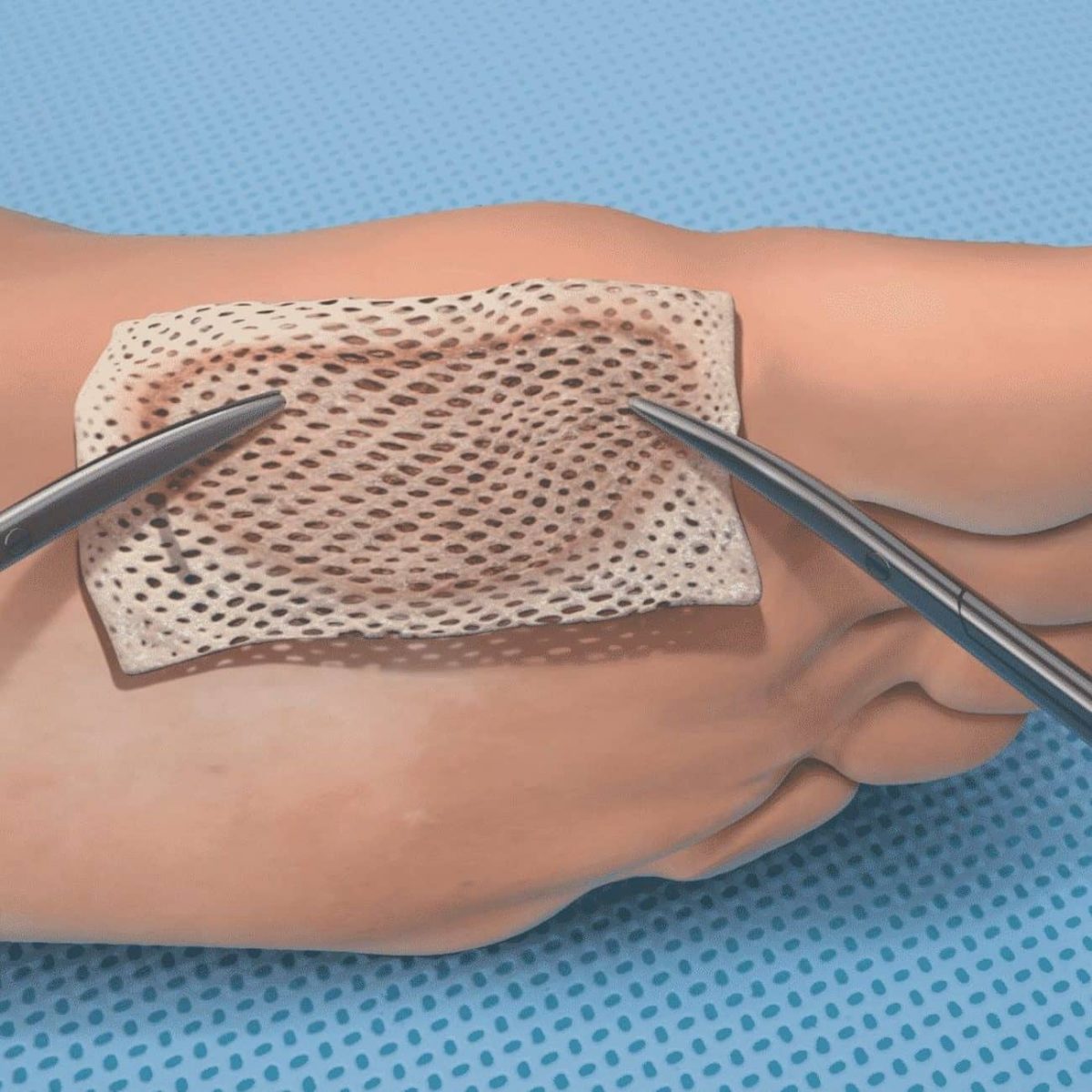
Americans living with diabetes face an array of challenges and dangers which require constant vigilance and maintenance if catastrophic consequences are to be avoided.
This is especially true when it comes to foot care.
For diabetics, their feet and legs are particularly prone to serious problems which can, if left unnoticed and untreated, result in amputation.

Perhaps the most common problem experienced by people with diabetes are diabetic foot ulcers, a treatable condition but one which can cause major problems if not addressed in a timely fashion.
What Exactly Are Foot Ulcers?
Approximately 15 percent of diabetic patients experience foot ulcers, and about six percent of the people who develop an ulcer wind up in the hospital due to infection or other ulcer-related complication.
Diabetic foot ulcers are open sores or wounds that usually develop on the bottom of the foot.
A number of factors can contribute to the development of ulcers, including poor circulation, deformities, irritation from pressure or friction, trauma, and diabetes that has been present for a long time.
Redness, swelling, and drainage are frequent and visible symptoms of a foot ulcer.
Notice that pain is not listed among those symptoms.
That’s because nerve damage caused by diabetes can lead to the inability to feel pain, which in turn may keep a person with diabetes from realizing they have developed an ulcer or seeking treatment for it until after it becomes extremely severe.
Making matters worse, diabetes reduces blood flow to the legs and feet, making it harder for the ulcer to heal.
Diabetic Foot Ulcer Prevention Tips
The first step in diabetic foot ulcer prevention is awareness of the risk.
Knowing that you are vulnerable to the problem should spur you to stay vigilant and take other steps to reduce the likelihood of their development.
Five good ways to keep foot ulcers from becoming a serious problem are:
- Check your feet every day, keeping an eye peeled for cuts, cracks, and blisters
- Clean your feet each day with mild soap and lukewarm water, paying particular attention to the areas between your toes. Make sure to dry them thoroughly and use talcum powder to keep them dry.
- Stop smoking
- Pick shoes that do not cause friction or irritation and wear socks at all times
- See a podiatrist at least once every year for a complete foot examination
Struggling With Diabetic Foot Ulcers?
Our experienced and skilled podiatrists can help you keep your feet healthy, and help you get back on your feet when problems arise.
We are a growing group of exceptional professionals who offer the highest degree of care in a welcoming, comfortable environment.
Please contact us today at (954) 922-7333 or send us a message to schedule a consultation.
Watch below as Dr. Abraham Wagner D.P.M. helps a diabetic patient with a foot ulcer.
- The Life-Changing Power of Cosmetic Foot Surgery - February 27, 2023
- What Are The Most Common Pediatric Foot Conditions? - October 5, 2020
- 4 Important Things To Know Before Having Foot Surgery - September 21, 2020



